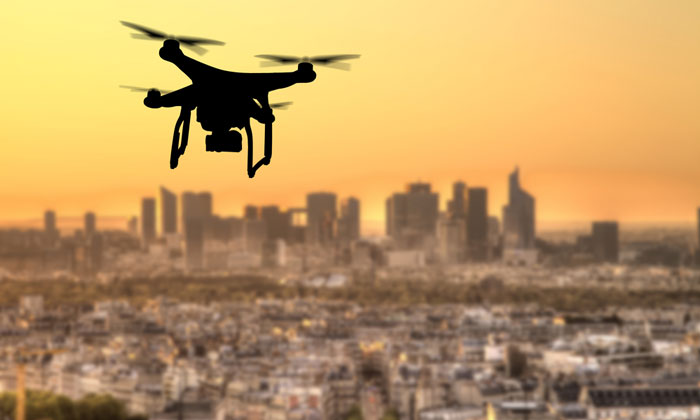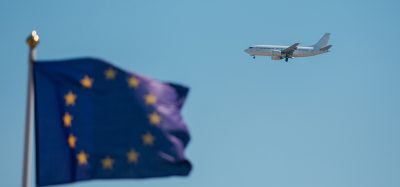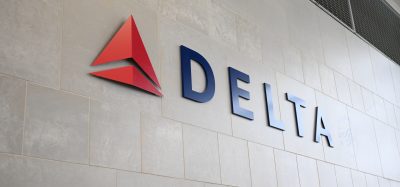ICAO to develop global framework for safe management of drone traffic
- Like
- Digg
- Del
- Tumblr
- VKontakte
- Buffer
- Love This
- Odnoklassniki
- Meneame
- Blogger
- Amazon
- Yahoo Mail
- Gmail
- AOL
- Newsvine
- HackerNews
- Evernote
- MySpace
- Mail.ru
- Viadeo
- Line
- Comments
- Yummly
- SMS
- Viber
- Telegram
- Subscribe
- Skype
- Facebook Messenger
- Kakao
- LiveJournal
- Yammer
- Edgar
- Fintel
- Mix
- Instapaper
- Copy Link
Posted: 11 May 2017 | International Civil Aviation Organization (ICAO) | No comments yet
ICAO announced its goal of developing a common global framework for traffic systems for drones, known in technical terms as UTM systems.


This initiative is part of the work programme that has been assigned to ICAO by its 191 member States.
In short, UTM systems are a tool for managing low altitude airspace, and they include the registration and identification of drones. Their creation has already been proposed by many ICAO Member States. Drones are formally known as “Unmanned Aircraft Systems” (UAS). UTS stands for “UAS Traffic Management.”
“Today, we are issuing a Request for Information on what we believe are the top priorities that must be addressed by States, industry and academia in order to develop safe and efficient UTM systems,” announced Leslie Cary, ICAO’s Remotely Piloted Aviation Systems (RPAS) Programme Manager. “This will allow further developments to focus on better defined issues, whether technical, operational or legal. It will also ensure Safety continues to remain the driving factor. ICAO is the natural agency to be gathering together the best and brightest from governments and industry to define the problem so that global solutions can be proposed, debated and agreed.”
Following ICAO’s initial foray into the subject of drones, States and international organizations requested that ICAO expand its work programme to shape the framework of global regulations and guidance related to a much broader range of drone operations than had previously considered within its remit. This request was based on three factors. Firstly, the need to maintain the safety for manned aircraft. Secondly, the desire to harmonize domestic UAS regulations. And finally, the desire to ensure that the best options for UAS operations were being considered and recommended.
“Today we’re seeing many new proposals and innovations emerging in terms of both aircraft and operations at low altitudes, including drones and personal flight vehicles. It’s in everyone’s interest to determine sooner rather than later how and where they can safely operate, so as to minimise all related noise and privacy concerns,” Cary remarked. “The sooner this framework is agreed upon globally, the sooner industry will be able to align their developing UAS businesses within harmonised UTM systems.”
ICAO has now been actively engaged in the field of RPAS and UAS for almost a decade. “States and international organisations, in response to an increasing number of potential and reported encounters between manned aircraft and drones, had requested that ICAO assist with provisions to enhance protections for manned flights. Soon after, we formed a UAS Advisory Group composed of a diverse set of experts, including industry, international organizations and State regulators,” Cary explained.
This led to the production of an online toolkit to provide States, operators and remote pilots with best practices and regulatory guidance and the publication of an RPAS Manual containing extensive guidance material for States and other aviation stakeholders. ICAO will soon be releasing a Concept of Operations (CONOPS) to inform the global aviation community of its vision for RPAS regulation, and the UN agency is currently developing the legal framework for the international operation of certificated, instrument flight rules (IFR)-capable RPAS.
ICAO will be reviewing all the submissions resulting from its Request for Information on UTM. The submitters of the proposals that are considered to best address the problem statement will be offered an opportunity to present their information at DRONE ENABLE, ICAO’s UAS Industry Symposium to be held on 22 and 23 September in Montréal, Canada.
“Extensive discussion of all presentations should be anticipated with the possibility that some aspects of several submissions could be supported by the Symposium audience and considered for incorporation into ICAO UAS guidance material,” Cary said. “This Symposium will be the first of a series in the coming years, where stakeholders are offered an opportunity to present solutions to specific problem statements in front of a global audience.”
Experts, companies and others wanting to contribute to this Request for Information will find information on how to do so on the Symposium website, at www.icao.int/DroneEnable.

















